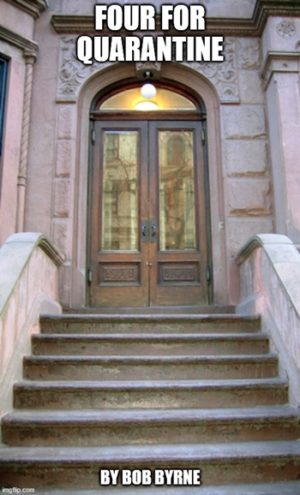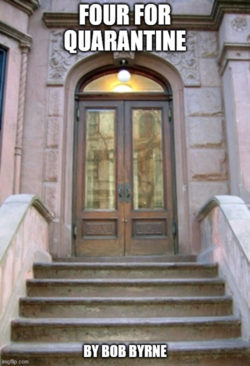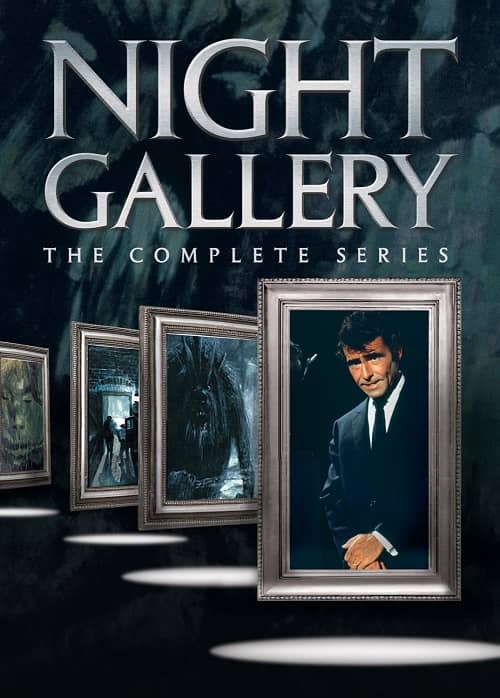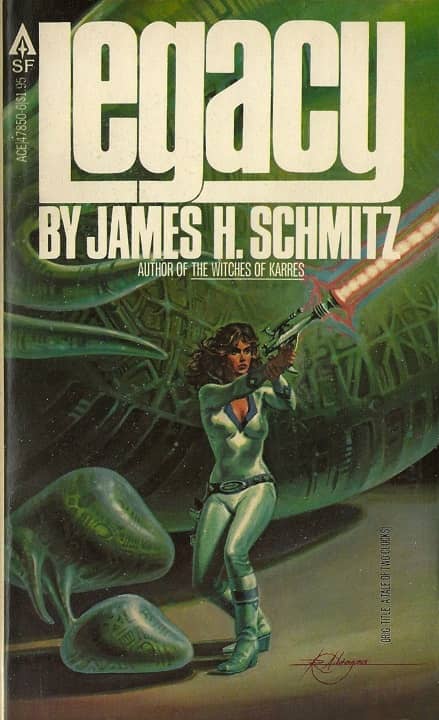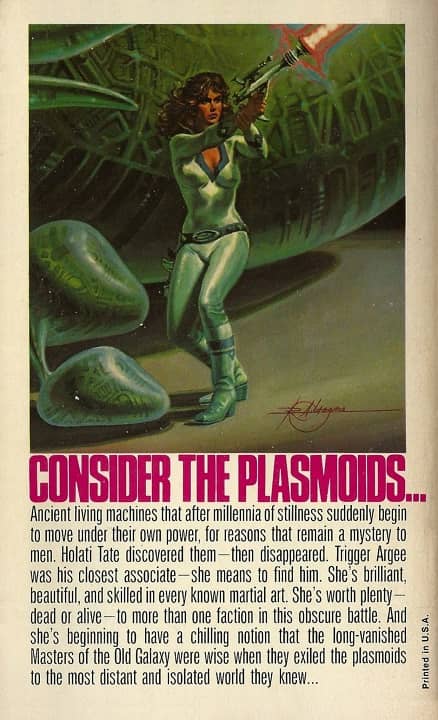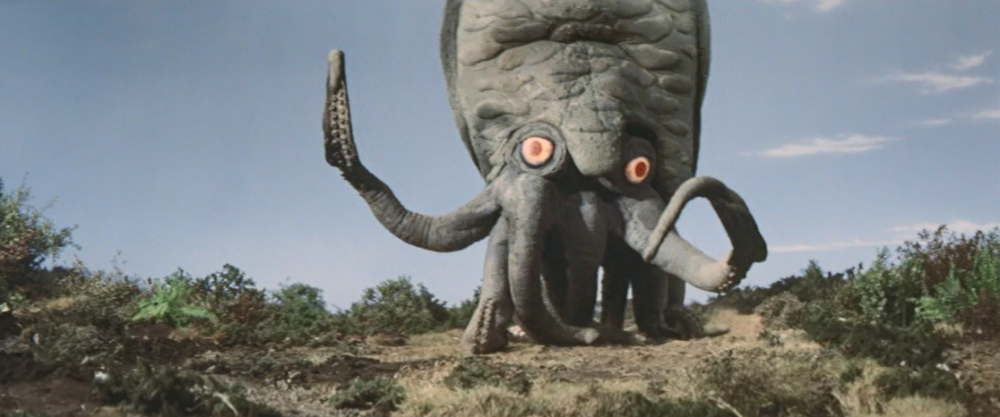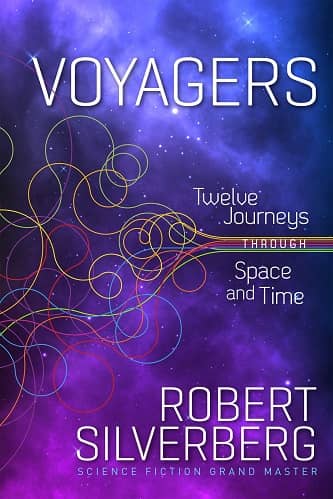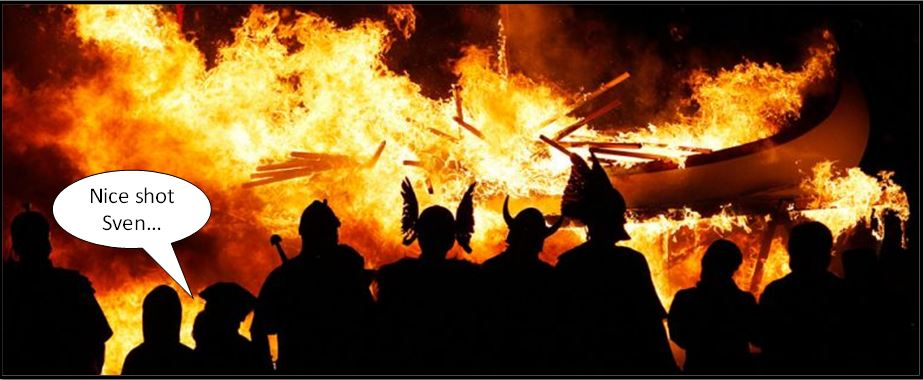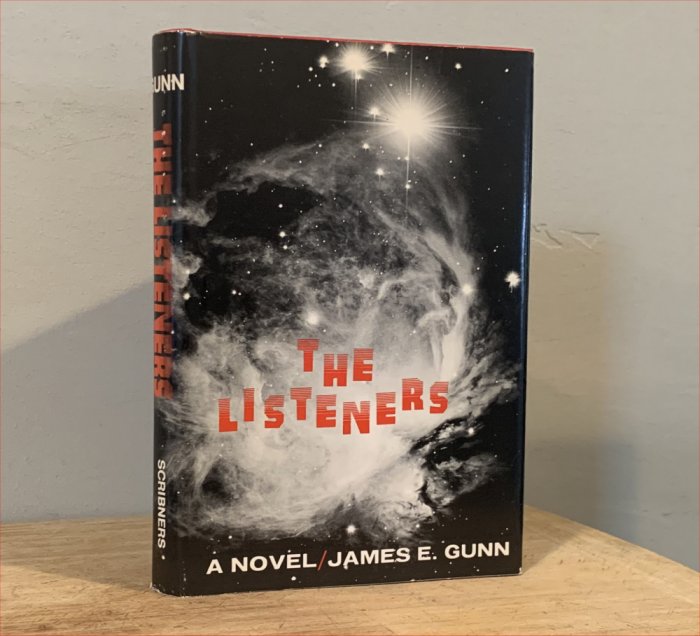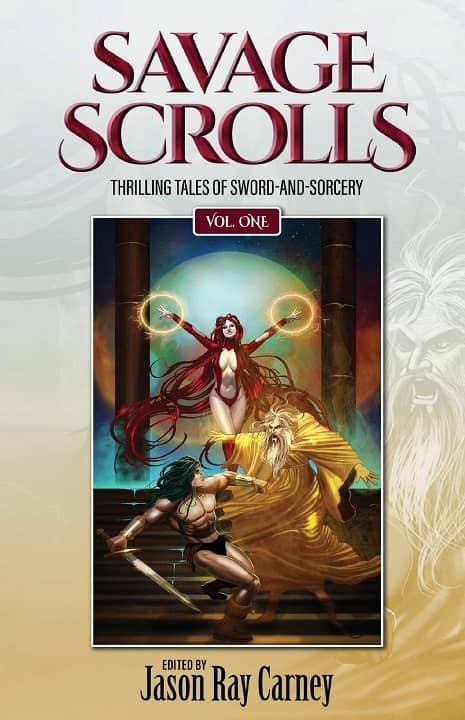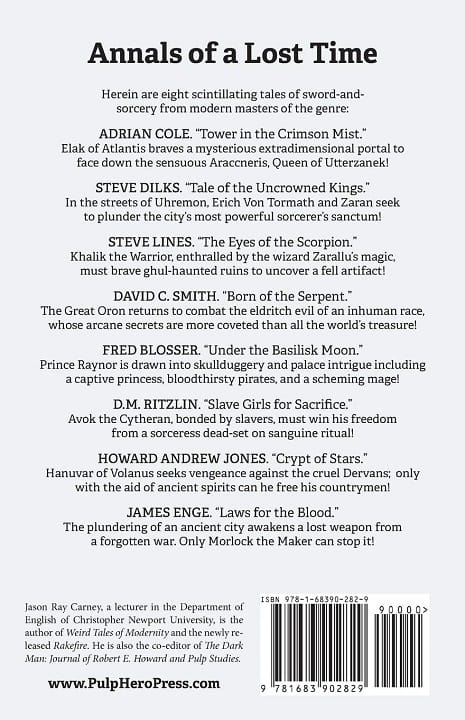Twilight: 2000‘s Polish Campaign: Part III
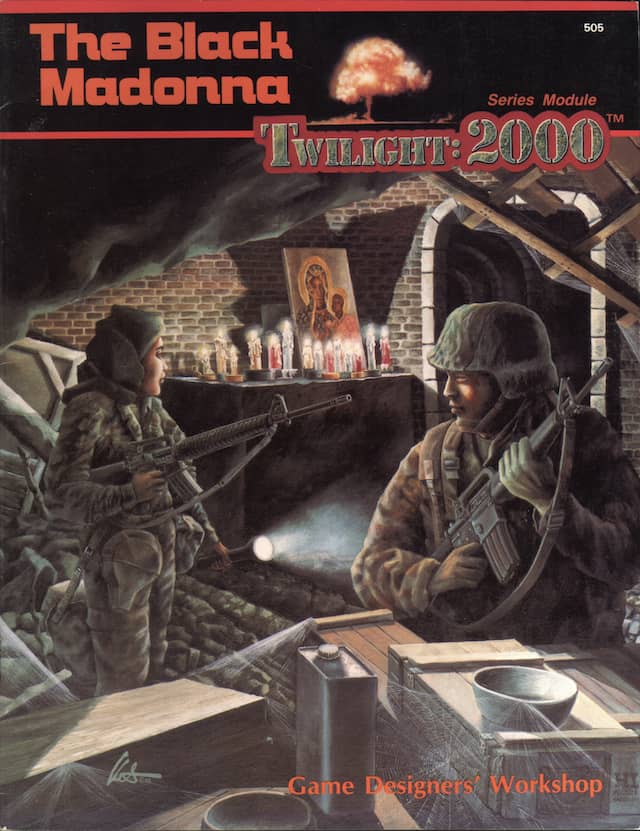
This is Part III of a detailed review of The Polish Campaign, a 6-part adventure sequence published by GDW in 1985 for their Twilight 2000 role playing game. The campaign covers Escape from Kalisz, The Free City of Krakow, Pirates of the Vistula, The Ruins of Warsaw, The Black Madonna, and Going Home. Part I, which looks at The Free City of Krakow and touches upon Escape from Kalisz, is here. Part II, which looks at Pirates of the Vistula and The Ruins of Warsaw, is here.
Twilight: 2000’s Polish campaign is iconic in the world of RPGs for providing supplements and adventures that fit its sandbox emphasis. Many RPGs rely on set adventures with expected scenes and outcomes, and many game masters (GMs) use those preset stories. While this is all well and good (nothing wrong with it), most GM plans do not survive contact with the players.
Sandbox games flip the script. What do the players want to do? The GM then reacts to this, often relying on random encounter tables. However, pure sandbox play can pose problems around ongoing interest. Humans like stories because they have beginnings, middles, and endings. The Polish campaign proved extraordinarily successful at negotiating the balance. The books are not pure adventure nor pure sourcebook.
The Black Madonna is, perhaps, the most famous supplement. So popular is it that Free League added a revision by the original author, Frank Frey, as a Kickstarter digital stretch goal for their forthcoming edition of Twilight: 2000. It is interestingly within the campaign the one that seems “out of sequence.” The previous supplements, Pirates of the Vistula and The Ruins of Warsaw, provided numerous incentives to the players to make their way from Krakow to Warsaw. The Black Madonna’s primary area of operations is northwest of Krakow and in Silesia.
